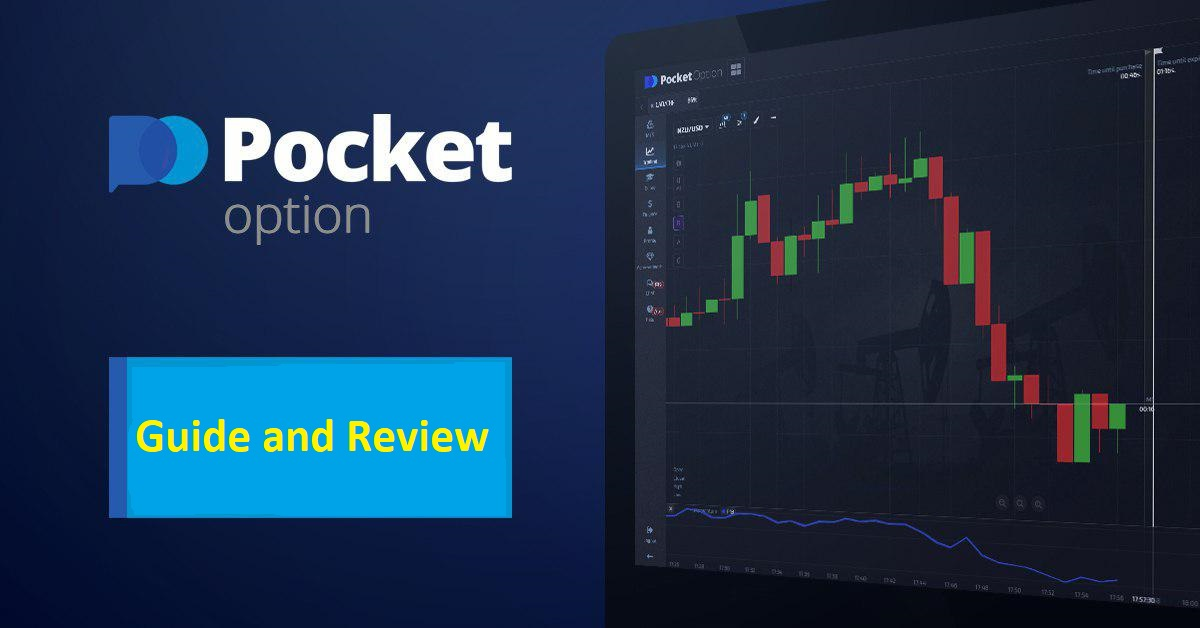
Pocket Option Strategy: A Comprehensive Guide to Succeeding in Trading
In the world of online trading, mastering a pocket option strategy pocket option strategy can be the difference between success and failure. Whether you are a beginner or an experienced trader, understanding the best practices and techniques can greatly improve your trading performance. In this comprehensive guide, we will delve into various strategies that can help you navigate the dynamic market of Pocket Option.
Understanding Pocket Option
Pocket Option is an innovative trading platform that offers binary options trading with a user-friendly interface. It allows traders to invest in various assets such as currencies, stocks, commodities, and cryptocurrencies. The platform provides numerous features, including a demo account, which enables new traders to practice without risking real money. Understanding how Pocket Option works is vital before implementing any strategies.
The Importance of Strategy
Having a reliable trading strategy is crucial for success in any trading endeavor. A well-defined strategy helps traders make informed decisions, manage risks, and optimize their profits. In the context of Pocket Option, a solid strategy can mean consistently achieving successful trades and improving overall trading performance.
Popular Pocket Option Strategies
1. Trend Following Strategy
Trend following is one of the most popular strategies among traders. This method involves analyzing market trends and making trades in the direction of the trend. For instance, if the market is in an uptrend, traders will look for opportunities to buy, while in a downtrend, they will sell. The key to this strategy is recognizing the trend early and riding it for maximum profit.

2. News Trading Strategy
Market news can significantly impact asset prices. Traders can capitalize on market volatility caused by economic news and events. The news trading strategy involves preparing for upcoming news releases and making trades based on the expected market reaction. This strategy requires traders to stay informed about economic indicators and understand their implications on the market.
3. Martingale Strategy
The Martingale strategy is a risk management technique that involves doubling the investment after a losing trade. This approach assumes that a trader will eventually win, recouping all previous losses and achieving a profit. While the Martingale strategy can be effective in theory, it carries significant risks and requires careful risk management to avoid substantial losses.
4. Support and Resistance Strategy
Support and resistance levels are key concepts in technical analysis. Traders can use these levels to identify potential reversal points in the market. The support level indicates where the price tends to stop falling and may reverse upwards, while the resistance level is where the price often stalls and reverses downwards. By placing trades around these levels, traders can optimize their chances of success.
Advanced Strategies
Once a trader has mastered the basics, they may want to explore more advanced strategies, such as Fibonacci retracement, technical indicators, and combination strategies. These techniques often require a deeper understanding of market analysis and risk management.
1. Fibonacci Retracement

2. Technical Indicators
Using technical indicators can enhance a trader’s analysis and decision-making process. Indicators such as moving averages, Relative Strength Index (RSI), and Bollinger Bands can provide valuable insights into market trends, momentum, and volatility. Combining various indicators can help traders develop a tailored strategy that fits their trading style and risk tolerance.
Risk Management
Effective risk management is a critical aspect of any trading strategy. Traders must be conscious of the risks involved in trading and implement measures to protect their investment. Setting stop-loss orders, diversifying investments, and only risking a small percentage of the trading capital on each trade are fundamental practices that can help mitigate risks.
Practice Makes Perfect
Utilizing a demo account on Pocket Option is an excellent way for traders to practice their strategies without risking real money. Traders can experiment with different approaches, analyze their performance, and refine their strategies in a risk-free environment. Continuous practice and learning can lead to improved trading skills and greater confidence in executing trades.
Conclusion
Developing a successful pocket option strategy involves understanding the platform, mastering various trading techniques, and implementing effective risk management practices. By focusing on strategy and continuously improving their skills, traders can increase their chances of success in this competitive market. Remember that trading requires discipline, patience, and a willingness to learn from both successes and failures. With dedication and the right approach, anyone can achieve their trading goals on Pocket Option.


